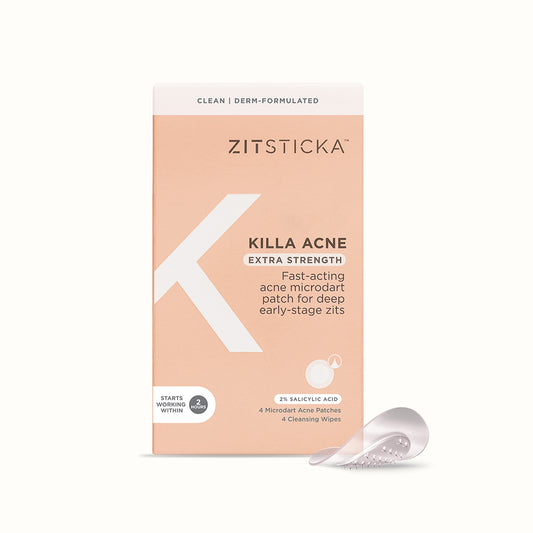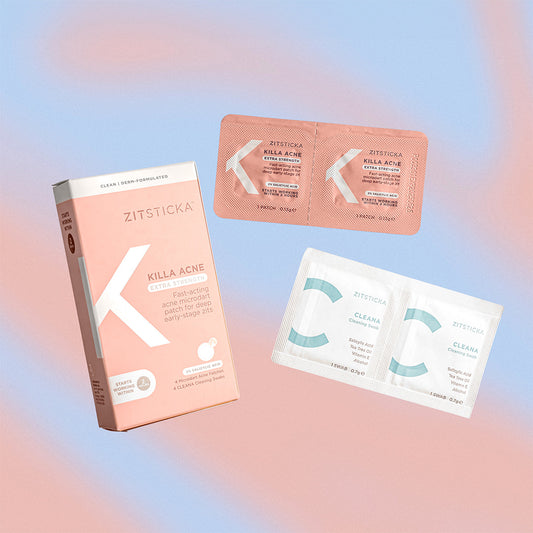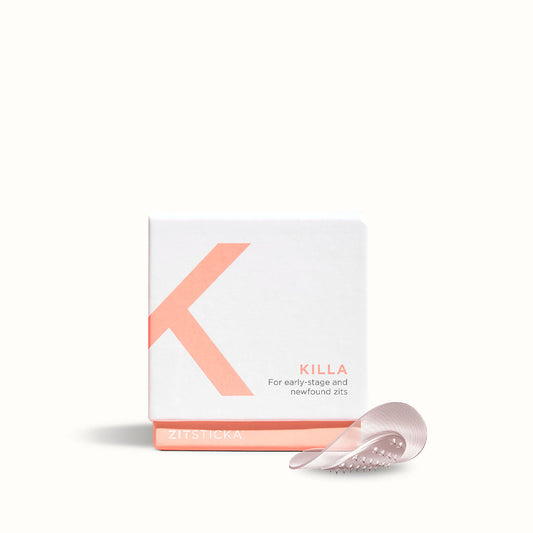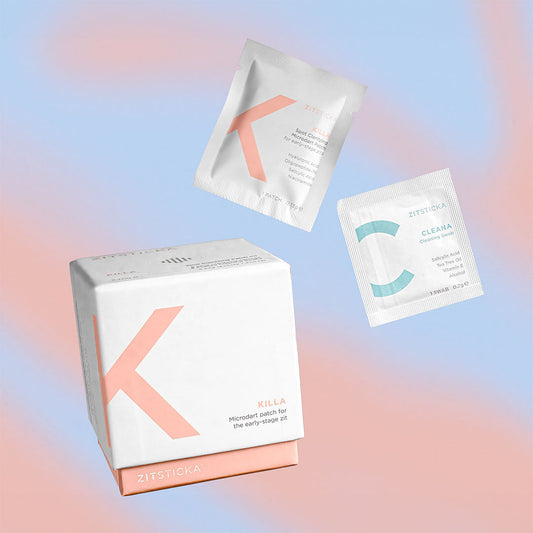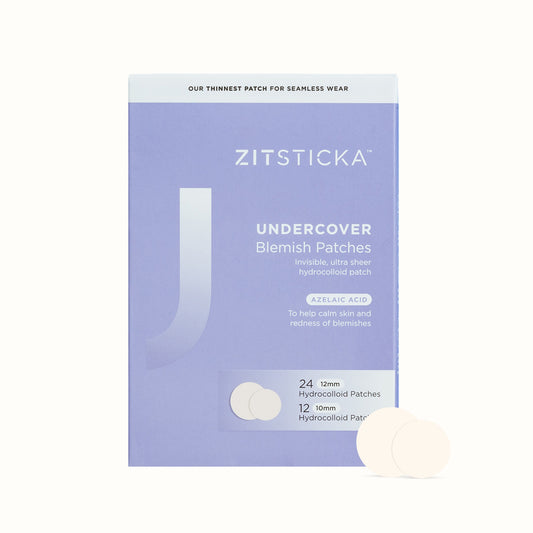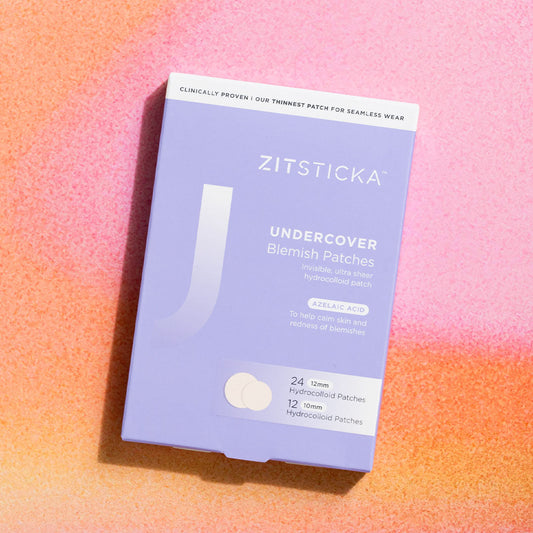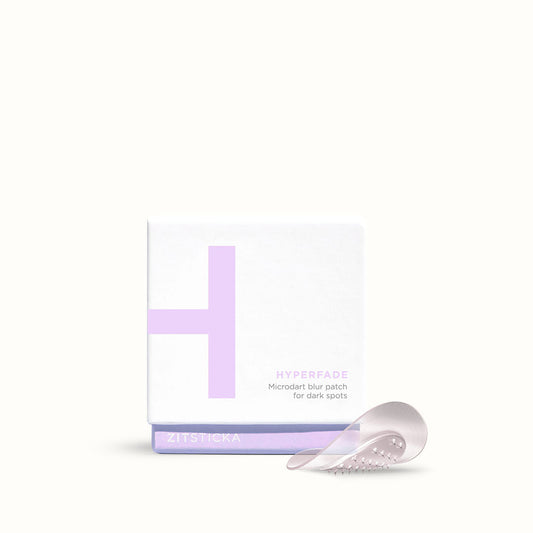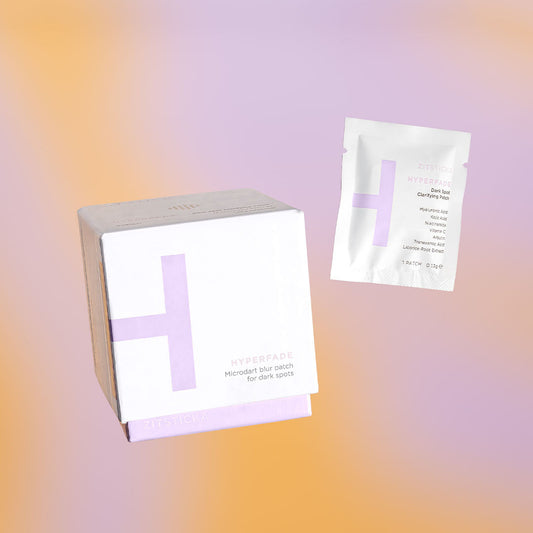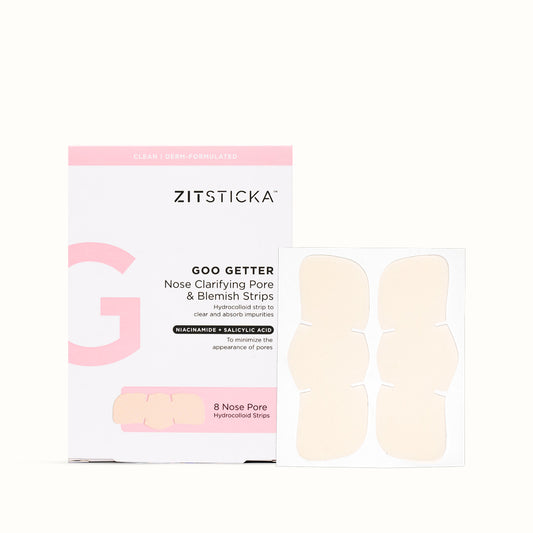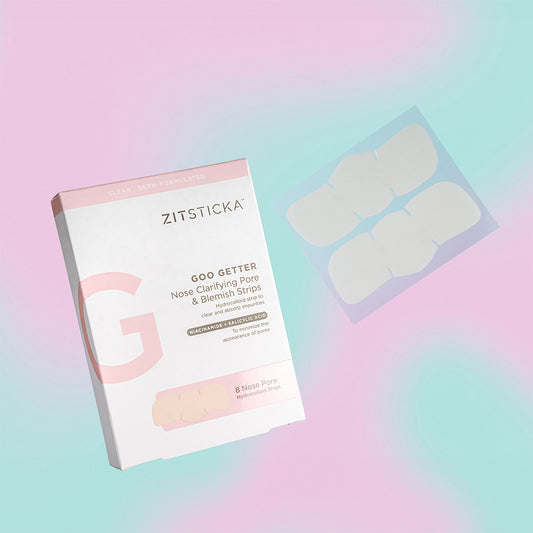By Mia Pinjuh
Layers. The key to a great lasagna, staying warm in sub-zero winters, and also how your skin functions. Maybe you think of your skin as simply the stuff that holds all our innards in and occasionally breaks out. And you’d be correct! But there’s a whole world happening under the surface that’s worth getting to know.
There are three main layers that make up our skin—epidermis, dermis and hypodermis. The epidermis is what we generally think of as our skin; the visible top layer of our body. Hanging out on top of the epidermis is an even thinner film called the acid mantle. Also known as a moisture barrier or hydro-lipid film, the acid mantle acts as a gatekeeper, working as a protective shield, fending off bacteria and preventing infections. When we go overboard with super soapy cleansers or harsh exfoliants, we risk damaging the acid mantle. The telltale signs of this are dryness, tightness, redness and sensitivity. The only way back from this irritation is a hard and fast (but blessedly temporary) ban on exfoliating products and giving your skin some much needed TLC in the form of moisturizers rich in fatty acids and ceramides, all of which work to repair and restore the balance. You’ve probably heard and tried hard to forget the fact that we relentlessly shed dead skin cells and trail them everywhere we go, like speckles of glitter, only invisible and truly disgusting. The silver lining of this haunting mental image is that not only does this dead cell layer give us protection against the elements but healthy skin cells are brewing right under the inert layer, pushing up every thirty days or so to give us a brand new skin.
You’ve probably heard and tried hard to forget the fact that we relentlessly shed dead skin cells and trail them everywhere we go, like speckles of glitter, only invisible and truly disgusting. The silver lining of this haunting mental image is that not only does this dead cell layer give us protection against the elements but healthy skin cells are brewing right under the inert layer, pushing up every thirty days or so to give us a brand new skin.
The epidermis
...is a battleground for our bad skin days. It’s where the spots, flakes and oily spots make themselves known and (very) visible. A lot of these issues actually get their start deeper down in the skin structure, which leads us to our next layer.
The dermis
...is the HQ of the essential building blocks of what makes our skin healthy and it’s also where a lot of skin problems take root. It’s where connective tissue, collagen, elastin, hair follicles and sweat and oil glands are based. You might have seen the words ‘sebaceous glands’ when reading up on why exactly you’ve been blessed with a giant, throbbing zit. These tiny glands are attached to the hair follicle and produce sebum or oil, without which we would be just dehydrated shells; more croissant than human. And that’s all well and good, but the trouble starts when sebum joins forces with other gunk that clogs pores, leading to a build-up of bacteria which leads to inflammation, which in turn makes for the perfect conditions for a pimple. When you give in to the (understandably irresistible) urge to pick at a zit, you risk damaging the dermis to the point of a scar forming. For a hands-off tactic, turn to salicylic acid, which is one of the star ingredients in ZitSticka's KILLA patch. It’s the gold standard for dissolving the clogged pores and clearing the way to a smooth epidermis.
Lastly, the hypodermis
...which is the subcutaneous layer. Mostly made up of fat, the hypodermis works as our insulation and anchors our skin to bone and deep tissue. This is the deepest and thickest layer and it’s a support system to the dermis and epidermis. The skin products we apply don’t have a chance of reaching this far down. As we age we lose fat tissue and collagen, which is why our skin naturally sags as the years march on and why topical potions won’t have an impact on these deep-down changes. Your best bets for staving off collagen loss are quitting smoking and wearing a good sunscreen, both of which are proven to slow the process.
So why the layer lesson? Well, knowledge is power. Understanding that your skin is an onion-like complexity is helpful when it comes to making informed decisions on active ingredients, the best ways to deal with scarring and acne, and knowing where to concentrate your skincare efforts when trouble arises.

